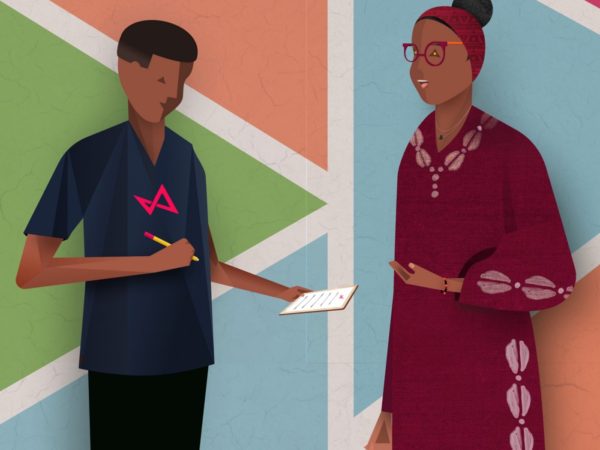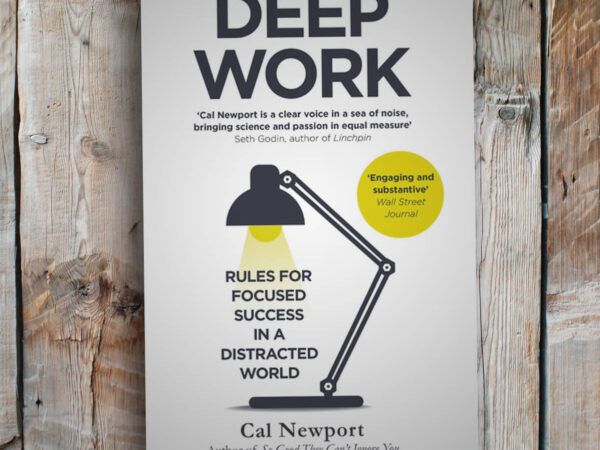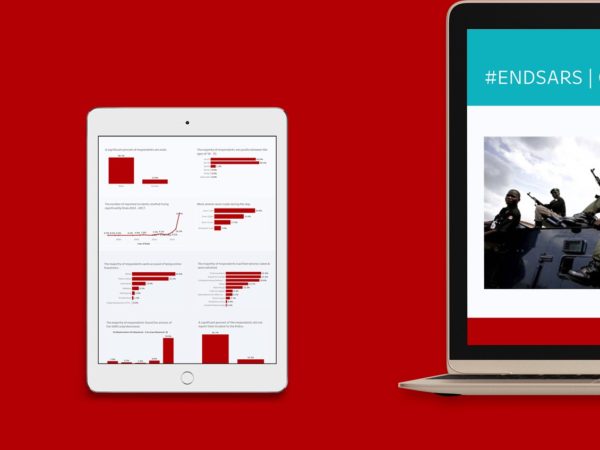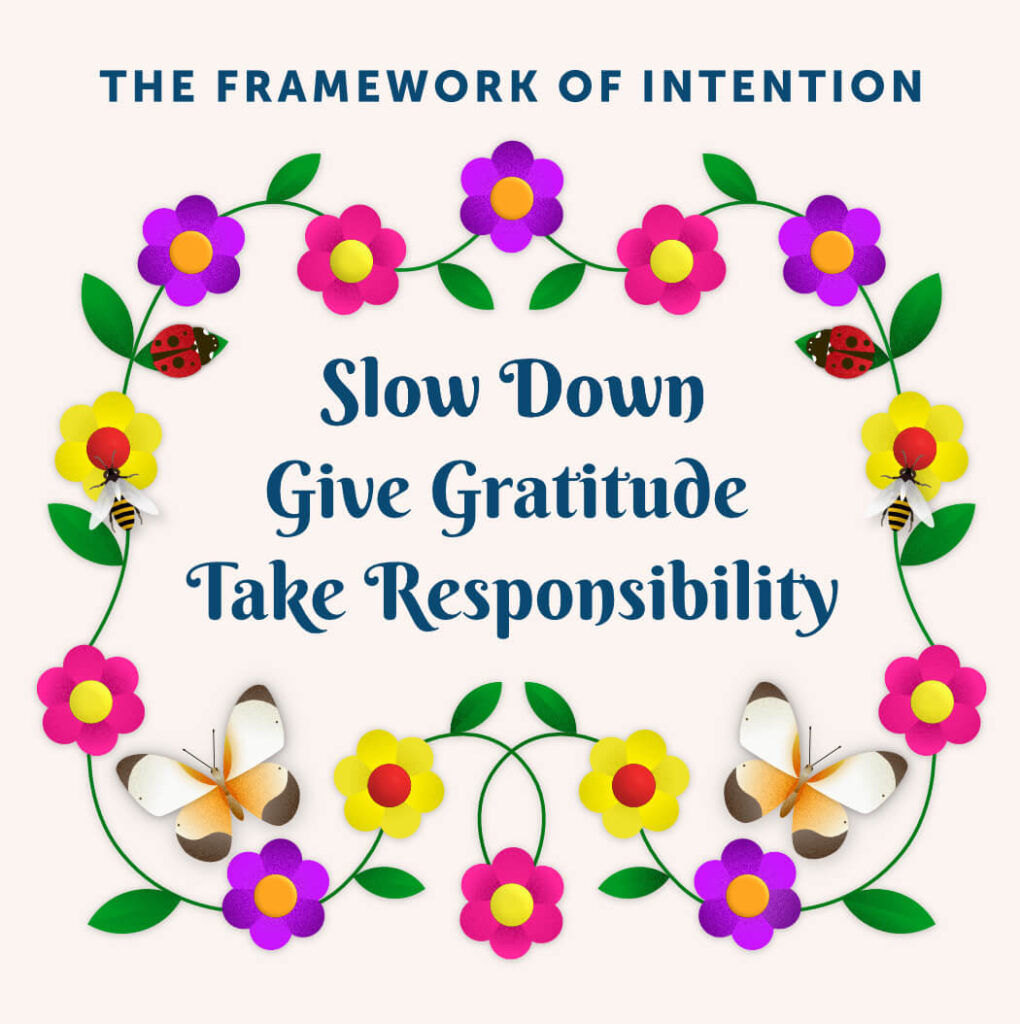
During the 2020 lockdown period, we (the Ezeks Twins) decided to connect with Nature by turning our design studio’s walkway into a botanical garden. To achieve this, we spent every day during the lockdown landscaping and gardening. As we gardened, Nature taught us how to be intentional about designing everything in our lives. We call these lessons The Framework of Intention™.
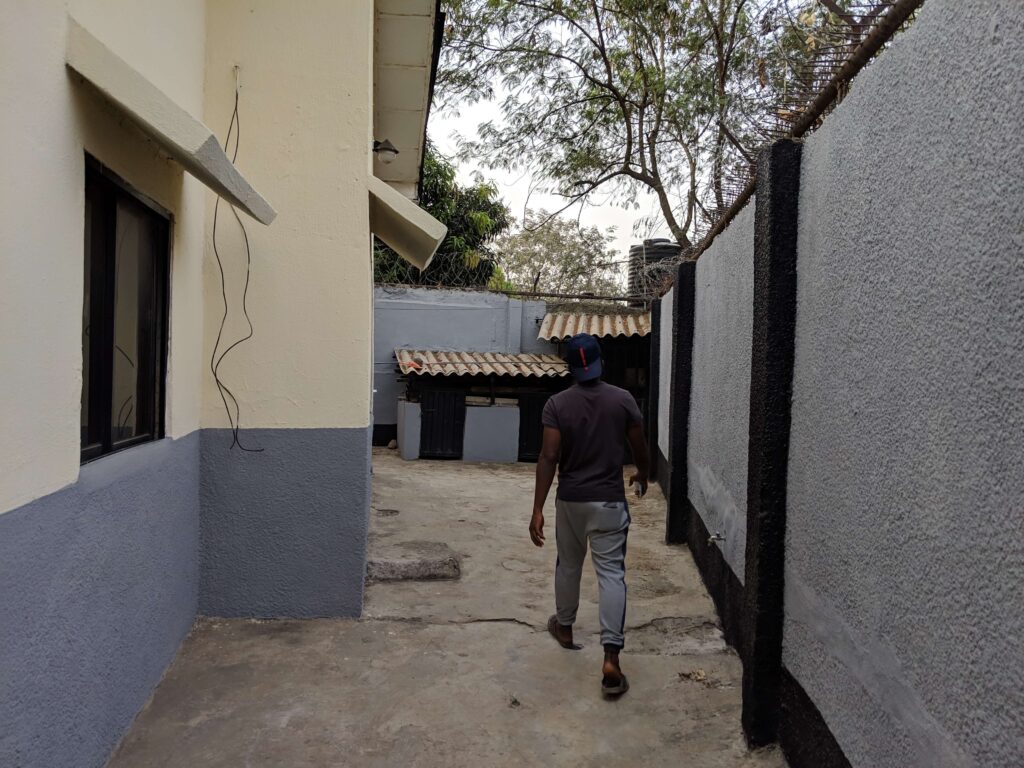
Before: 2020
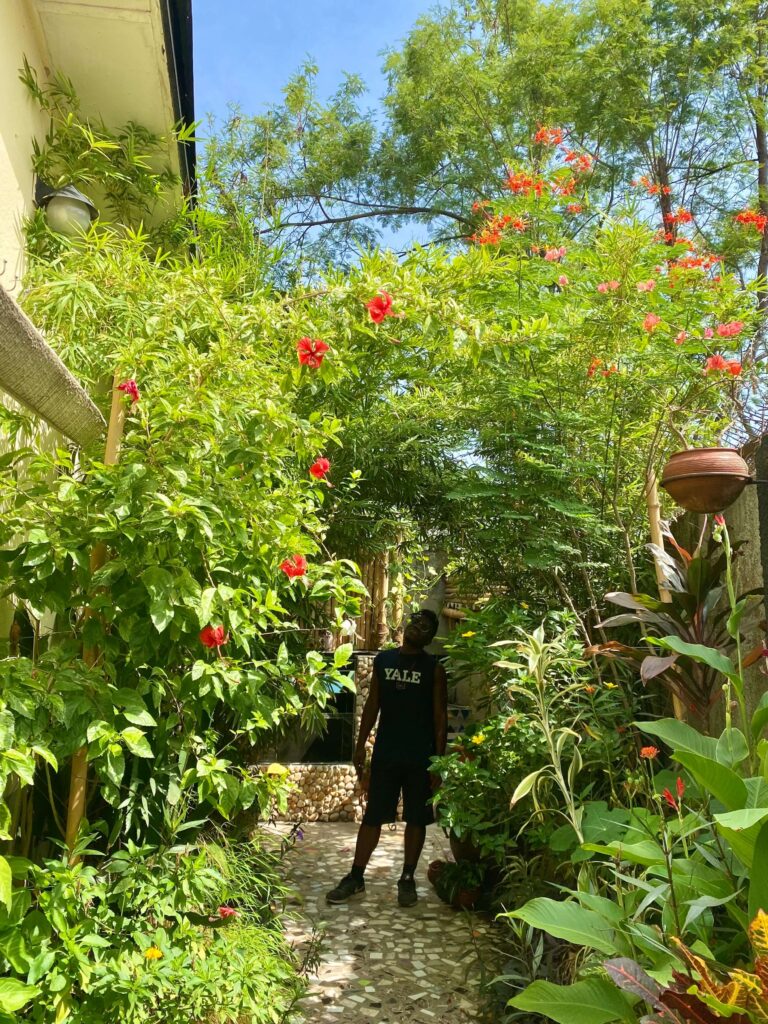
After: 2021
Slow Down 🧘🏾♂️

The first lesson from Nature was to slow down. Gardening taught us to slow down, be present and observe. We learned to slow down and observe if our plants needed water, sunlight, pruning, pest control, etc. We learned to slow down and be intentional about why we put plants where we did.
In doing so, we realized that every single intentional action begins with slowing down. Before we took any action, we had to slow down to be mindful of the decisions we were making and the intentions behind those decisions. When we slowed down, we found the headspace to focus, reflect, and make clear decisions about the future we wanted to see.
In today’s fast-paced world, it’s easy to get caught up in the chaos and stress of daily life. That’s why it’s important to slow down, take a deep breath, and reflect on your thoughts, feelings, and actions. By slowing down, you can gain a better understanding of your own needs, values, and goals, and connect more deeply with the world around you.
slow down
What are the things I can do to slow down more?
The essence of slowing down is to be present enough to see your path to peace, joy, and happiness. You can achieve this by consistently repeating these habits:
- Praying
- Meditating
- Gardening and spending more time in Nature
- Take deep breaths
- Get adequate sleep
- Exercising (running, yoga, martial arts, etc)
- Journaling and reflecting
- Clarify your intentions for the day
- Monitor and track what you spend your time doing in a day
- Spend time with your family and loved ones and be present
- Engage in moments of mindfulness (mindful eating, mindful walking)
- Listen with an intention to understand and learn and not just respond
- Prune your relationships and focus on those that you can add value and will bring value
- Cut down the amount of time you spend consuming content on social media or TV
- Track your feelings through the day and the thoughts and events that trigger those feelings
- Say “no” more to distractions or requests that don’t align with your goals. Filter by asking “Will this get me closer to my goal?”
Give Gratitude 🙏🏾

The second lesson from Nature was to give gratitude. Taking care of Nature every day brought us a profound sense of gratitude for life. We began to see the little things we’d have otherwise missed while being busy. Little things like the sprout of a new leaf, the blossom of a flower, or the chirping of a bird brought a deep sense of delight to our daily lives. This made it easier for us to see the different areas of life we could be grateful for.
When we focus on giving gratitude, we cultivate a positive mindset and approach to life. By acknowledging and appreciating all that we have, we can reduce stress, improve our mental health, and build stronger relationships with others.
Science shows that when we express gratitude and receive the same, our brain releases dopamine and serotonin, the two crucial neurotransmitters responsible for making us feel good.
Giving gratitude also helps during difficult episodes of life. In life, we’re all going to face difficult times, but what gives us the strength to get through those times is our ability to practice gratitude. By giving gratitude, we are able to focus on the positive aspects of our lives and cultivate a more optimistic outlook.
It’s why we’re intentional about using the word ‘give’ because gratitude is a gift to be given to others and ourselves.
give gratitude
What are the things I can do to give gratitude more?
The essence of giving gratitude is so you appreciate your path to love, peace, joy, and happiness
- Keep a gratitude journal
- Write and say affirmations
- Write your strengths down
- Look out for the good in others
- Recall and write down your wins
- Verbally express thanks to others
- Start with gratitude when giving feedback
- Measure your progress – and celebrate them
- Visualize the positive future you want to see
- Genuinely compliment something about others
- Reframe self-deprecating harmful thoughts into self-affirming thoughts
- Reflect on the people and resources around you who can help
- Listen intently with the goal to understand and learn and not just respond
- Even when things don’t go right, ask yourself “What is the lesson here? Can I turn it into a blessing?”
- Gratitude challenge: find something to be grateful for – especially when there doesn’t seem to be anything.
Take responsibility ⚡️
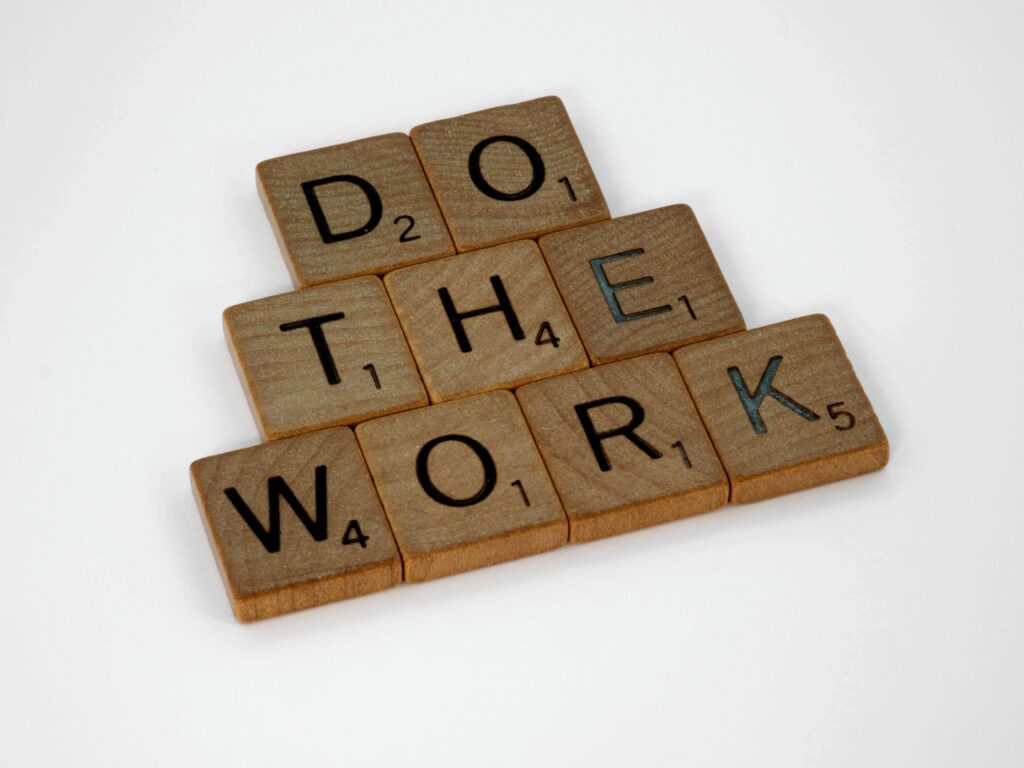
The third lesson from Nature was to take responsibility.
This is the final step toward being intentional. To enjoy our beautiful young garden, we had to take responsibility for keeping the plants alive. This meant ensuring they had sufficient water, good soil, and adequate sunlight every day. By doing so, we exercised our sense of responsibility, which made us even more grateful as our plants grew.
Plants taught us that taking responsibility is the greatest expression of gratitude. When we’re grateful for anything, we work hard to ensure it continues to exist. We couldn’t expect our garden to take care of itself, so we surely couldn’t expect the same for crucial aspects of our lives.
Taking responsibility scales to every aspect of our lives. We began to understand that if we were truly grateful for life, then we had to demonstrate our gratitude by taking responsibility for our lives. If we are really grateful for ourselves, then we show it by taking responsibility for ourselves. If we’re really grateful for your loved ones, then show it by taking responsibility for staying connected to them. And if we can find gratitude in every moment, then we can take responsibility for doing what helps us level up in every situation.
When we take responsibility for every moment, it empowers us to create the reality we want to see. Taking responsibility for our thoughts, feelings, and actions helps us to become more self-aware, and to understand the impact we have on the world around us. It’s why we were intentional about using the word ‘take’ responsibility because responsibility is a gift that empowers us…but it requires us to be intentional about stepping up to take it.
By embracing responsibility and accountability, we can build a strong sense of purpose and motivation, and cultivate a more positive approach to life.
take responsibility
What are the things I can do to take responsibility more?
The essence of taking responsibility is so you walk your path to love, peace, joy, and happiness
- Experience new things
- Engage in acts of kindness
- Keep your promises and be reliable
- Create (paint, draw, sketch, crotchet)
- Take on tasks that challenge you to grow
- Accept your situation and be open to improving it
- Break Up Your Tasks Into Smaller More Manageable Steps
- Be comfortable with apologizing when you’re in the wrong
- Take responsibility for your thoughts, feelings, words, and actions
- Quell the urge to blame others by asking “What is my role in this?”
- Be open to feedback (Try processing feedback through the framework helps)
- Refuse to take things personally. Ask yourself, “Is this about me, or the issue at hand?”
- Stop making excuses and practice taking responsibility by saying “I take responsibility for…”
- Defeat the habit of complaining by asking “What is the lesson here? What can I learn from this?”
- Take responsibility for your physical health (eat healthy, sleep properly, exercise regularly)
Blessed are those who practice what they learn
If these steps seem rather simple, then it’s because they are simple to understand…but difficult to practice. The power of these steps lies in practicing them – especially when we don’t feel like doing so.
The best time to slow down is when you’re in a hurry, anxious, or angry. The best time to give gratitude is when you don’t see anything to be grateful for. The best time to take responsibility is when you wish you could do nothing.
The more you practice the Framework of Intention across different challenges of your life, the more you learn to be intentional about designing your life for love, peace, joy, and happiness ❤️🕊☀️
Join the Bioverse Community
Learning a new mindset is easier when you’re surrounded by the right community. With the Bioverse, we’re creating an intentional community of people who are intentional about nurturing a mindset of love, peace, and joy.
Visit the Bioverse Sessions to attend our sessions where we practice the Framework every week.
1 Comment
-
Reading through this post reminded me of how beautiful and eye opening the class was when you both took us last year November in SPPG.

